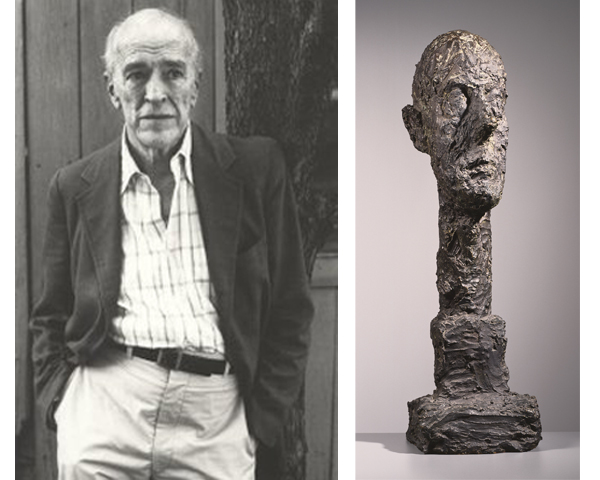It was 1995 when I was in my first stint as a Phillips Collection Museum Assistant as well as a full-time BFA student at the Corcoran College of Art and Design after 20 years as a newspaper and magazine journalist. I was sitting on the front steps of the Phillips house during a work break when I saw a tall, angular older man leaving the museum with his daughter.
As they approached, I stood and said to the man, “Hi, excuse me, but are you William Maxwell? We corresponded often when I was a magazine editor in Delaware.”
I identified myself, and he said, “Oh, yes” and spelled out my last name, smiling.
Maxwell (1908-2000), a short-story writer, novelist, and fiction editor of The New Yorker magazine, was in Washington to receive the PEN/Malamud achievement award for short fiction.
He said whenever he was in Washington he visited the Phillips because he loved the collection. His biographer Barbara Burkhardt noted in William Maxwell: A Literary Life, that one of his favorite artists featured in the collection was Pierre Bonnard because of Bonnard’s “intimism.”
He also told me he particularly liked seeing Alberto Giacometti’s sculpture Monumental Head (1960) because the head looked just like him (but without the really long neck).
It sure does.



